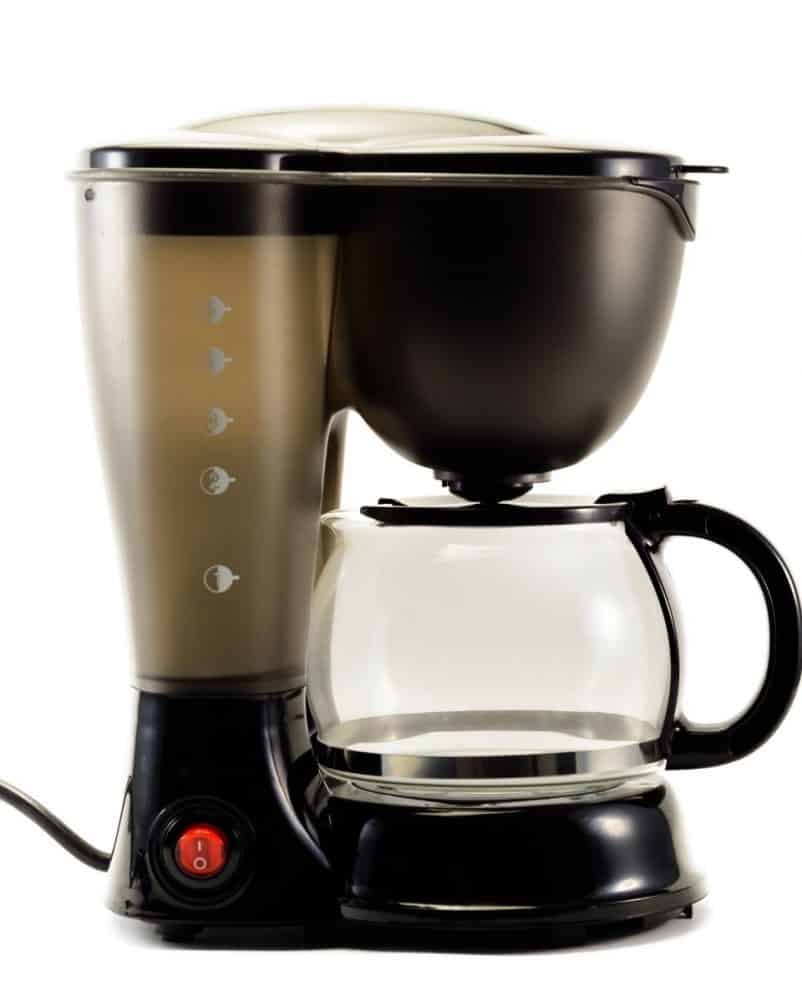
Does your coffee suddenly taste a little “off?” If it’s tasted fine up until now, and suddenly has a muddy or metallic flavor, your coffee maker might just need a thorough cleaning to get your java back in top form.
Most manufacturers recommend a thorough cleaning of their coffee makers at least once a month, though if you or your family drink more than a pot of coffee a day, every other week is a better option. This removes mineral deposits and scaling left behind by hard water, as well as oils from the coffee itself.
Using distilled or filtered water to make your coffee will cut down on mineral deposits, but a thorough monthly or bi-weekly cleaning can still help keep your coffee tasting its best.
The easiest way to clean a drip coffee maker is to run it as usual, but instead of brewing coffee, put a mixture of water and vinegar in the water reservoir. A good mixture consists of one part vinegar to one part water.
If your coffee maker hasn’t been cleaned in a while, you might want to do this more than once, but be sure to let the coffee maker cool between cleaning sessions.
After running the vinegar and water mixture through, repeat with plain water to be sure all the vinegar has been rinsed out. This process, too, can be repeated a few times until the coffee maker is thoroughly rinsed out.
Vinegar works very well to break down both mineral deposits and residual coffee oils, but other cleaning agents work well, too. With its highly acidic content, lemon juice will work as well as vinegar.
Commercially prepared coffee maker cleaners are another option, though the vinegar and water option is considerably less expensive. Note: don’t use soap to clean the inside of the coffee maker. It will foam a great deal if you run it through the water reservoir, making it extremely difficult to rinse out all the remaining soap residue.
This method will thoroughly clean the inside workings of your coffee maker, but don’t forget the outside.
Rinse the basket and the coffee pot with hot water or with soap and water in the sink. Most coffee pots can also be washed in the dishwasher, although a dishwasher might not be able to reach coffee oil residue inside the pot as well as hand-washing can.
If your coffee maker has a built-in grinder, wash this thoroughly, as well. This area of the coffee maker is likely to build up deposits of oils, as well as ground coffee that sticks to the inside of the grinder. Also, don’t forget to wipe down the outside of the coffee maker to complete your cleaning session.
Keeping up with regular maintenance and cleaning of your coffee maker will not only keep your kitchen looking neat and clean, but will also keep your coffee brewing at its highest possible quality. So take the time to perform this vital task, and your morning coffee will be the best it can be.
